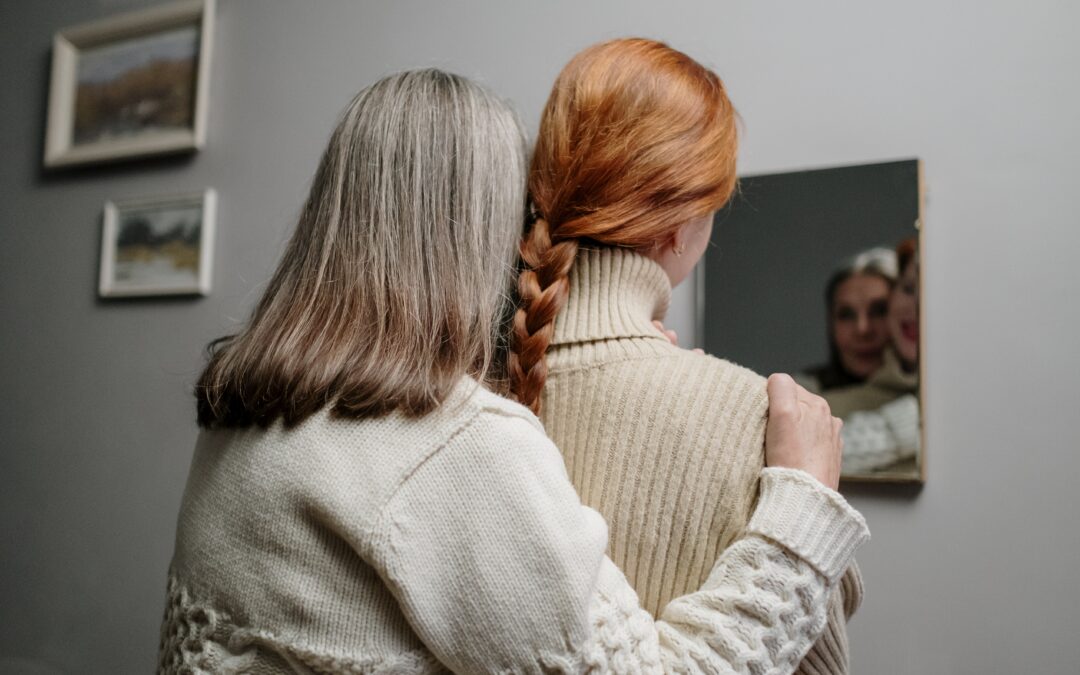Valentine’s Day is right around the corner, and Princeton University Health Services is getting ready to celebrate with a “LATEXhibition” in which Princeton students will compete for prizes by creating “something beautiful and educational out of expired latex condoms.” That’s right – on Feburary 14 (now marketed as National Condom Day) students will not be encouraged to evaluate their own dating practices, to establish healthy boundaries, or to think about what a happy, fulfilling relationship might be like. It shouldn’t be surprising to anyone that such an event would be held on University grounds, given its track record and the event sponsor’s stated values, which expressly call for “harm reduction” instead of “abstinence or prohibition.” In other words, virtues like temperance and chastity, prudence and modesty are not only out-of-bounds, but a threat to the very existence of social justice initiatives which seek to wipe traditional norms from our cultural memory. The nature and meaning of selfless love, which Valentine’s Day should signify, has been obscured by commercialization and trivialities like condom art.
Society Is Confused About Sex
Chastity and modesty are no longer considered virtues, but defects in a world where sexuality reigns supreme almost like a god – an object of both fascination and fear. Rates of sexual assault on college campuses have not abated as equity measures strengthen their grip. We are in thrall to an entertainment industry which, on the one hand, celebrates graphic onscreen depictions of sexuality while decrying the abuses of porn corporations and film giants like Harvey Weinstein. Many on the left support comprehensive sex education for students as young as seven, but there are numerous examples of now-grown child stars whose sexual abuse and emotional trauma at the hands of those who were entrusted with their careers could never have offered their consent. In other words, as our society has abandoned the virtues and forgotten the nobility of love, the more obsessed it has become with striking an impossible balance between limitless sexual freedom and its inevitable damages.
Institutions Have Abandoned Students
A recent article from The Daily Princetonian bears out just how hard it is for young people to make sense of a world which has triumphantly abandoned traditional sexual norms. We need to be honest about the fact that this landscape, rather than improving odds against sexual assault, enables predators to take advantage of trusting victims because there is a distinct absence of proper social and sexual conduct to bring bad behavior into relief. As sexual assault rhetoric replaces conventional wisdom, students lose out on the richness of a discernment process that helps them sort out the wheat from the chaff, as well as the activities and behaviors conducive to their wellbeing and happiness. The inclusion of virtue and standards for sexual behavior will help them decide, will full freedom, how and when and with whom they will devote their time and attention. Rather than exclusively debunking stereotypes or rape myths (“consent is retractable” and “consent must be clear”) about sexual assault, there should be a clear focus on mitigating the circumstances in which abuses occur while keeping sight of the proper place for sex – in marriage with someone who deserves our trust.
Restore Mindful Love
Institutions which mindlessly promote limitless sexual freedom at the expense of students while anathematizing reasonable measures they should take against its fallout should be held to account. Furthermore, the ubiquity of lighthearted jesting about sexual matters continues to give the impression that Princeton University isn’t really serious about its students’ well-being, or the well-being of our culture generally. At a time when our society lacks a healthy vision of love and relationships, students need fewer “liberated” views of sex which do nothing to clarify their confusion and more concrete ways to cultivate healthy relationships. Students seeking sexual assault resources after the fact are wounded by self-doubt, resentment, and cynicism about love. They need a hopeful vision of the beautiful love we were made for – not trite assertions and a bag of condoms. Restore mindful love this Valentine’s Day by supporting our upcoming annual poster campaign. You can bring these issues to the attention of your friends and family by sharing our graphics, available soon, or forwarding this blog. With your help, we can spread the message of Love and Fidelity Network to more students and supporters this and each Valentine’s Day.







